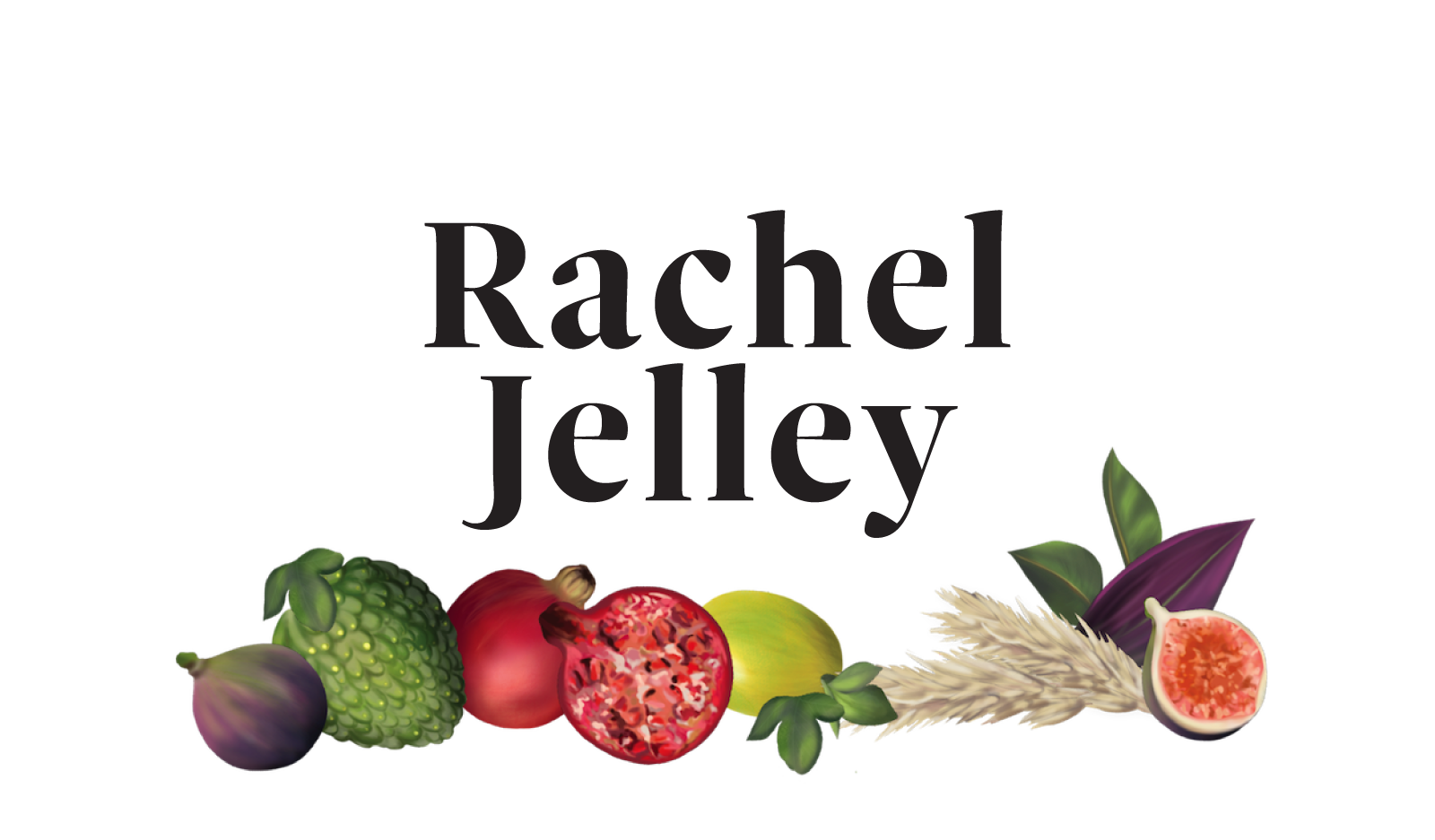Waste not, want not
/Hello my loves,
I’m sure it won’t surprise you when I say that for me, food is sacred. I believe in the intertwined destiny of all things, and that everything that’s made its way to my kitchen is there because it’s exactly the right thing to nourish me right now. In a society where we can get anything we want, any time we want it, we’ve lost the sense of preciousness that used to surround food. It wasn’t all that long ago that life quite literally depended on a good harvest. Every grain saved and stored was another small corner of a belly filled on a cold winter’s night, and that could very really be the difference between life and death.
For me, food is still that precious. Every seed that pushes up through the soil, then unfurls and greens and grows and fruits, is a gift to the world, and to you. That’s why I try not to waste them. We rely on these daily miracles of nature for every ounce of our nourishment, but if we go on abusing the earth in all of the ways that we do, demanding whatever we want from her, whenever we want it, who’s to say how long she’ll continue to be so generous. Today I want to share the top four things that I do in my kitchen to make sure that I do my best to honour all of the deliciousness that makes its way there.
Use a spatula
It might sound obvious, but the first line of defence against waste in the kitchen is to make sure that all the food you prepare makes it to the plate. From cake batters to pasta sauces to your morning smoothie, you’d be surprised at how much gets left behind in pots or bowls when you just pour-and-spoon it out. Get the spatula out people, and have a good scrape. I guarantee you that there’s at least an additional half-serve clinging to the sides and bottom of your pot, which is destined to quite literally go down the drain if you don’t employ your trusty spatula friend. And good food down the drain really is a shame.
Make a frittata
The frittata is my secret waste-avoiding kitchen weapon. One of the biggest issues in my kitchen is all the little boxes of leftovers that lurk in the fridge, the ones I’ve squirreled away because obviously I’m not going to throw them out. But there’s a problem. They’re not quite enough for a meal. As I scan the fridge for inspiration, they invariably get overlooked, and inch ever closer to a miserable, mouldy fate. Enter the frittata. With the help of a few eggs, you can make an incredibly delicious meal out of pretty much anything. It really does make me feel smug when I can turn six aging roast potatoes, a ratty assortment of near-death veges, and a leftover sausage into a delicious new creation that’s far greater than the sum of its parts. You’ll find my frittata recipe here.
Stash your skins
Onion and garlic skins contain so much nourishment. Instead of popping mine straight in the compost, I store them in a bag in the freezer, along with herb stalks and any other vege offcuts, where they await the stockpot. I know I love to bang the stock-drum, but it really is one of the most delicious and nourishing things you can make in your kitchen. It will totally up-level the flavour in everything you make with it, and it’s made entirely from scraps and water. You’ll find my guide to making your own stock here.
Compost, compost, compost
Composting is the key to minimising landfill in the kitchen. Allow me to let you in on a behind-the-scenes Hearth fact: we don’t have a commercial landfill facility. We don’t need one. Because we compost and recycle everything possible, our landfill is so small that it just comes home in a bag with me, and gets popped into my home bin. And we’re a restaurant – imagine the effect of doing this at home! There’s nothing so satisfying as watching your household landfill diminish to a shadow of its former self.
If you have any kind of courtyard or garden, grab yourself a compost bin from Bunnings and get going! I have one compost bin that sits on paving stones, and another that sits on soil. They both work equally well. The key to compost is to make sure you have carbon content as well as food waste. Essentially, you need to be layering the food with paper or dry leaves. This is important, it’s what helps the food break down, and if you don’t add paper or leaves, you could end up with a soggy mess. It’s just like making a layer cake: a layer of food waste, a layer of carbon, a layer of food waste, a layer of carbon. I layer mine mostly with whole sheets of newspaper. In a super ideal world you run two compost bins, and once one is approaching fullness you stop adding fresh waste to it and leave it to ‘cure’ until it looks just like soil again and is ready to nourish your garden or potted plants. If you don’t have a space to compost, your local community garden may very well do. You can also get self-contained compost systems for balconies. I haven't personally used one of those, but I'd love to hear from you if you have!
So there you have it my loves, the four ways that I’ve found most useful in ensuring that I honour every precious ounce of yumminess that enters my kitchen. And remember, we’re not building ourselves a guilt prison here. Sometimes something ends up in a slime puddle in the bottom of the vege crisper, and that’s a shame, but it’s ok. It happens to me too, and neither of us are going to food-waste hell for it. Just do the best you can, within the means you have, and that is definitely enough.
Love, Rachel xx
PS One of my favourite spiritual educators, the wonderful Rebecca Dettman, has just released a new online program, The 12 Month Yin Cycle, in which she’s teaching how the rhythms of womanhood integrate and align with the rhythms of nature. I love Rebecca’s down-to-earth teaching style, and I’ve personally found her work pivotal in my own spiritual growth and development. You can find all the details of her new offering here.







